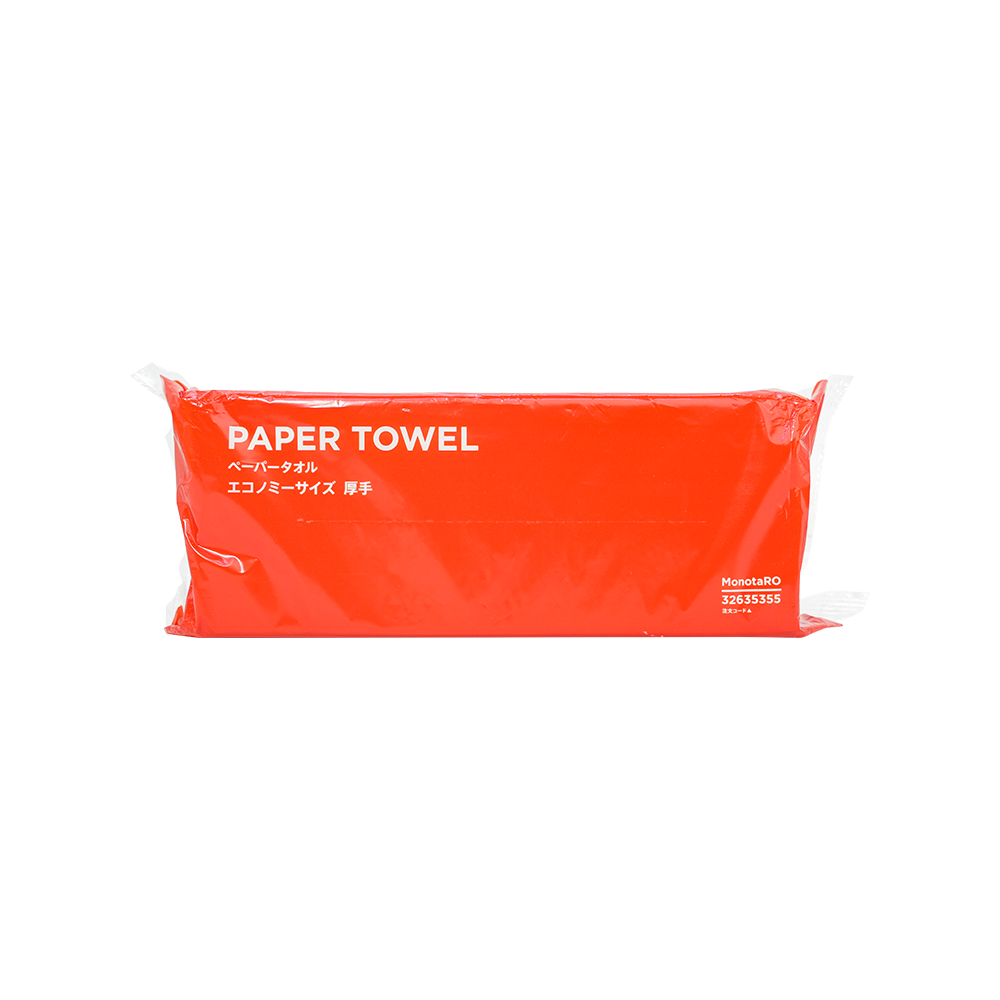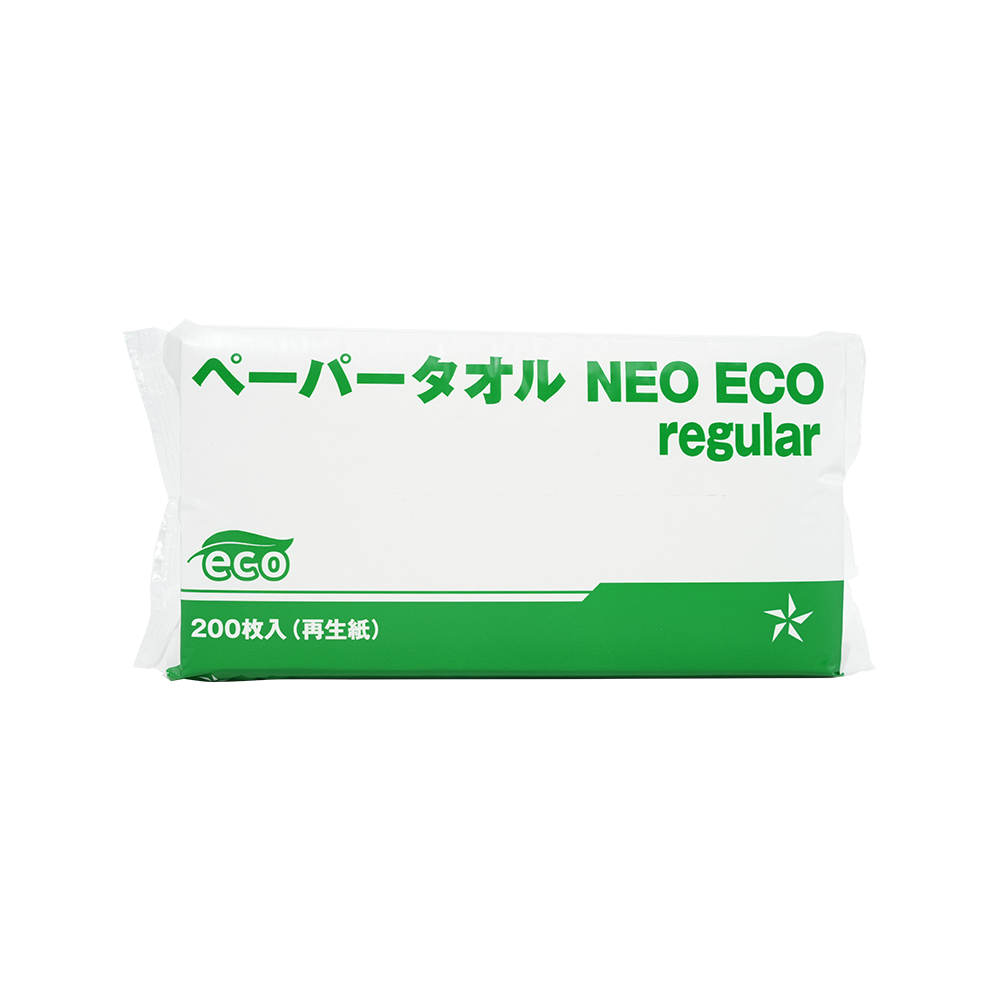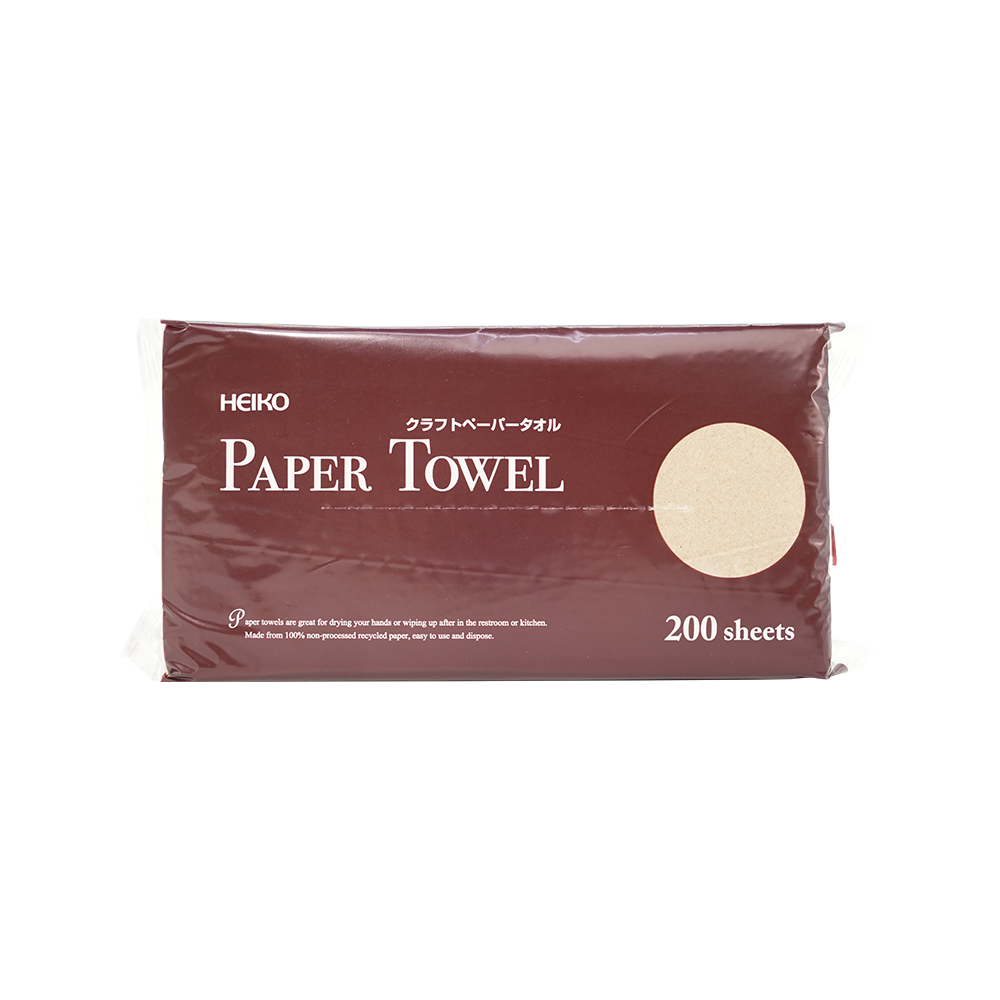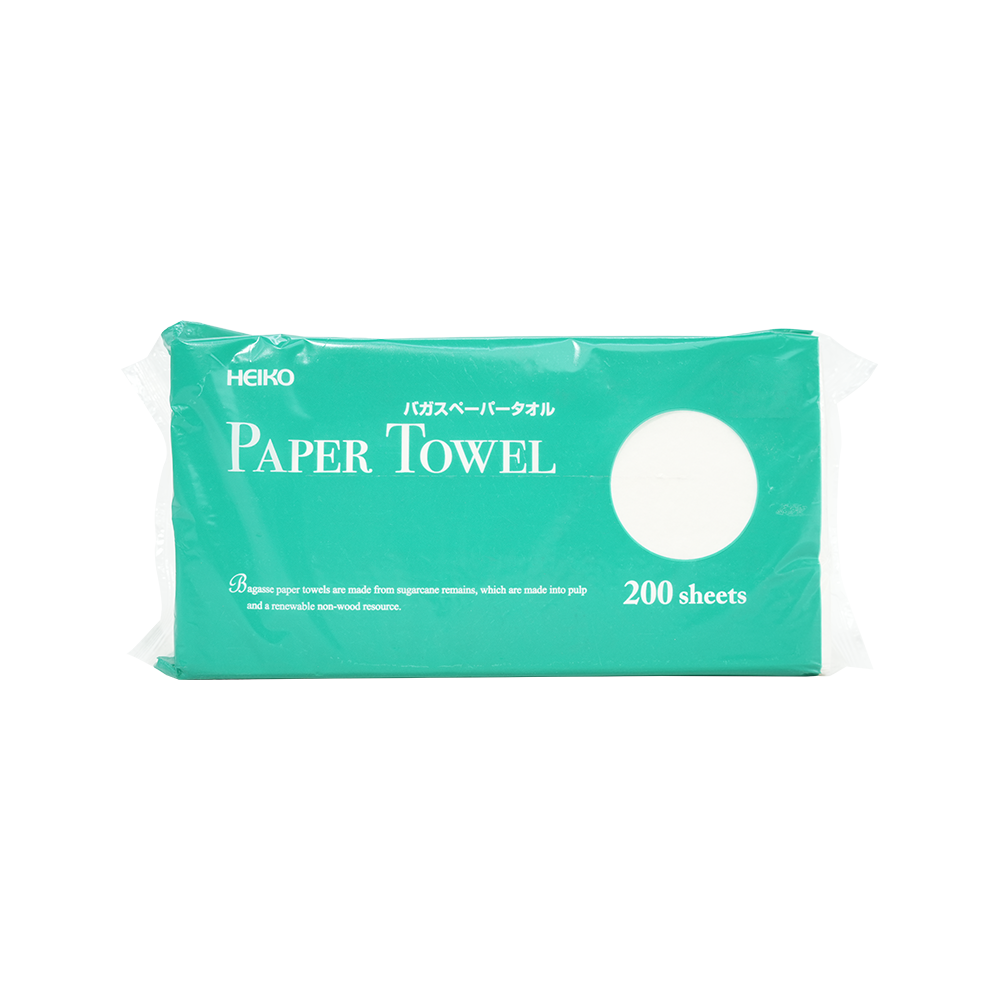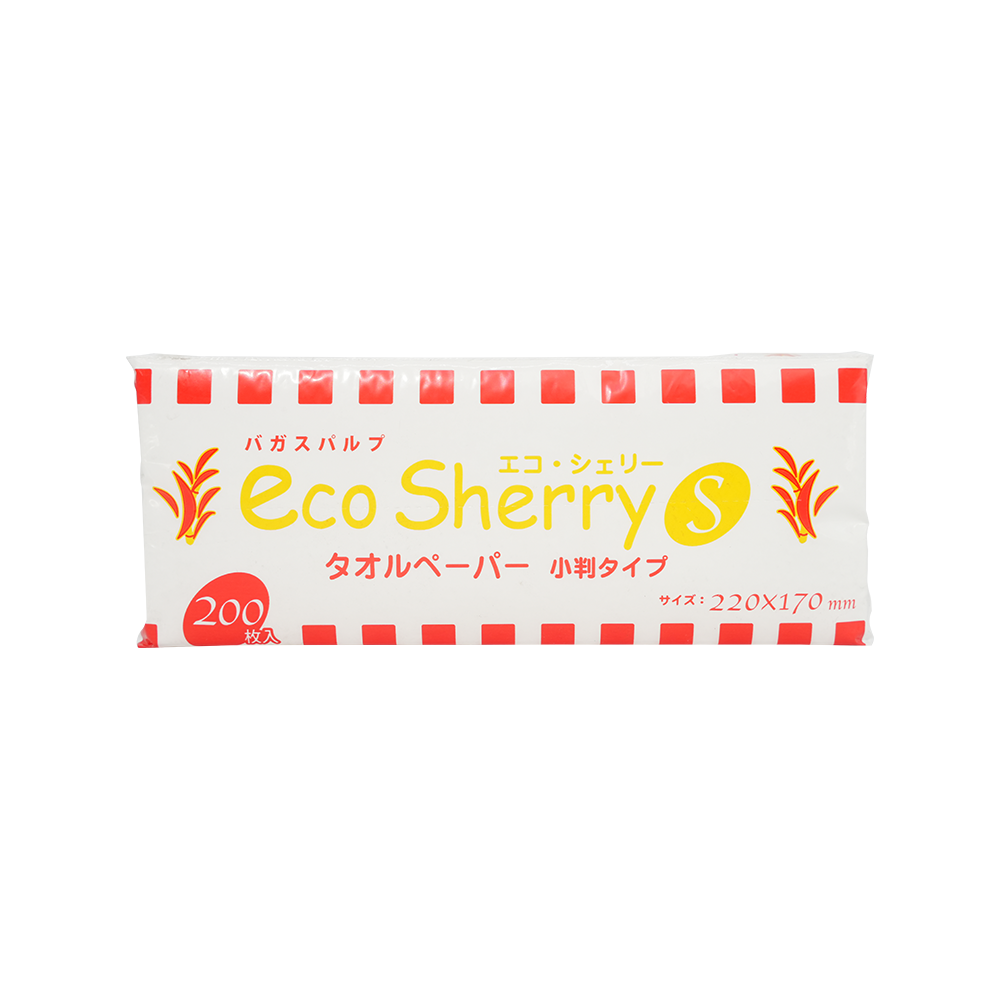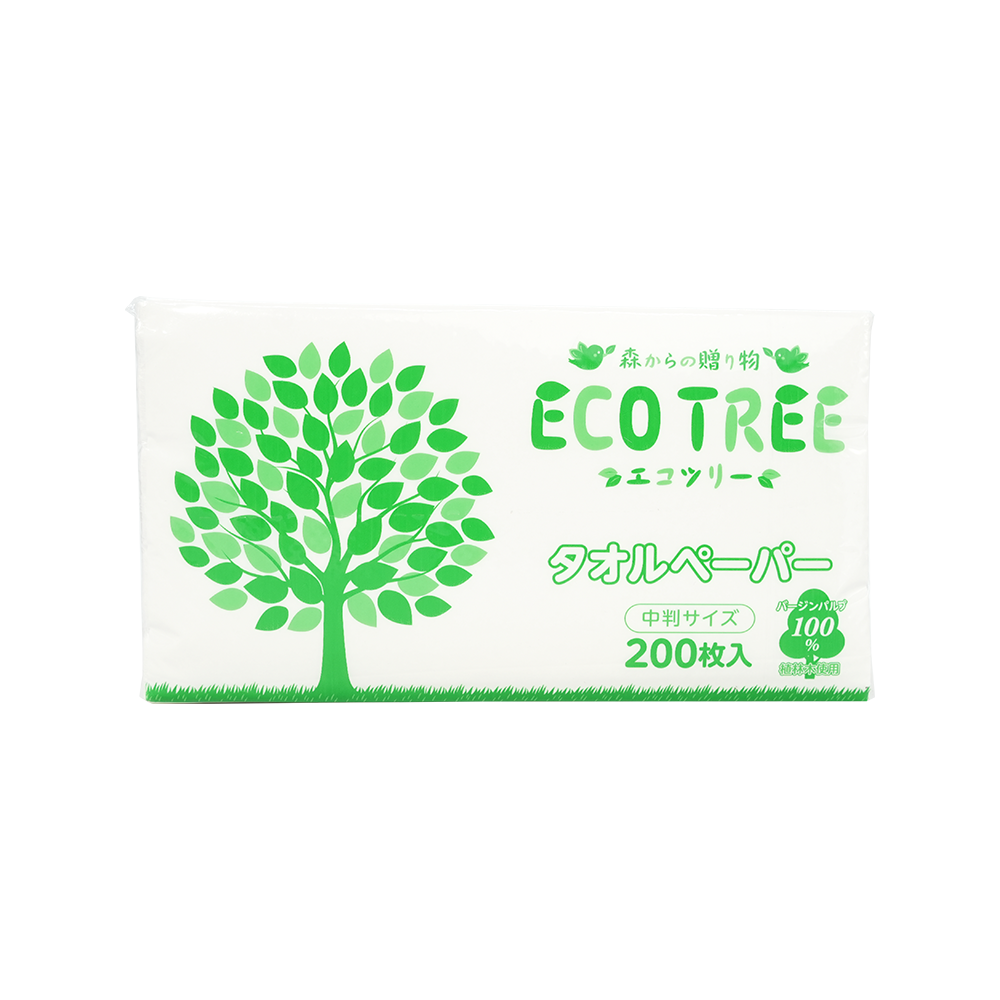The Ultimate Guide to Kitchen Tissue Rolls: Uses, Benefits, and Buying Tips
 2025.08.08
2025.08.08
 Industry News
Industry News
Kitchen tissue roll is an essential household item, offering convenience and versatility in daily tasks. From cleaning spills to food preparation, these disposable paper products simplify chores while maintaining hygiene. This guide explores the benefits, uses, and factors to consider when purchasing kitchen tissue rolls, ensuring you make an informed choice.
Why Kitchen Tissue Rolls Are a Must-Have
Kitchen tissue rolls, also known as kitchen paper towels, are designed for absorbency and durability. Unlike regular tissues, they are thicker and more resilient, making them ideal for various tasks. Here’s why they’re indispensable:
- Superior Absorbency – Quickly soaks up liquids, reducing mess.
- Versatility – Useful for cleaning, cooking, and even crafting.
- Hygienic – Disposable nature prevents bacterial buildup.
- Eco-Friendly Options – Many brands offer recycled or biodegradable choices.
Common Uses of Kitchen Tissue Rolls
| Use Case | How It Helps |
| Spill Cleanup | Absorbs liquids faster than cloth, preventing stains. |
| Food Preparation | Patting dry meat, draining fried foods, or covering microwaved dishes. |
| Surface Cleaning | Wiping countertops, appliances, and glass without leaving lint. |
| Grease Absorption | Placing under fried foods to soak up excess oil. |
| DIY Projects | Crafting, polishing silverware, or even as a makeshift coffee filter. |
Key Factors to Consider When Buying Kitchen Tissue Rolls
To ensure you get the best value, consider these factors:
1. Ply and Thickness
- 1-ply – Lightweight and economical but less durable.
- 2-ply – Stronger, more absorbent, and better for heavy-duty tasks.
- 3-ply or more – Premium thickness for maximum durability.
2. Absorbency Rate
Look for terms like “quick-absorbent” or “high-capacity” for better spill control.
3. Sheet Size and Perforation
- Larger sheets mean fewer replacements.
- Well-perforated sheets prevent wastage.
4. Eco-Friendliness
- Recycled paper – Reduces environmental impact.
- Bamboo-based – A sustainable alternative.
- Unbleached – Free from harsh chemicals.
5. Strength When Wet
Some brands disintegrate when wet, while others remain intact for scrubbing.

How to Use Kitchen Tissue Rolls Efficiently
To minimize waste and maximize utility:
- Tear Along Perforations – Avoid using more than needed.
- Fold for Better Absorption – Doubling layers improves efficiency.
- Reuse When Possible – If only used for drying hands, let it air dry for another use.
- Compost if Unbleached – Eco-friendly disposal option.
Comparing Different Types of Kitchen Tissues
| Feature | Standard Roll | Recycled Roll | Bamboo Roll |
| Absorbency | High | Moderate | High |
| Eco-Friendliness | Low | High | Very High |
| Durability | Strong | Moderate | Strong |
| Cost | Affordable | Mid-range | Premium |
Myths About Kitchen Tissue Rolls
- “They’re Bad for the Environment” – Many brands now offer biodegradable options.
- “Cloth Towels Are Always Better” – Reusable towels can harbor bacteria if not washed frequently.
- “All Brands Are the Same” – Quality varies significantly in absorbency and strength.
Final Tips for Choosing the Best Kitchen Tissue Roll
- Buy in Bulk – Saves money in the long run.
- Check Reviews – Real-user feedback helps identify the best-performing products.
- Store Properly – Keep in a dry place to prevent moisture damage.
Conclusion
Kitchen tissue rolls are a practical, hygienic, and versatile addition to any home. By considering factors like ply, absorbency, and eco-friendliness, you can choose the best option for your needs. Whether for cleaning, cooking, or crafting, these handy paper products make daily tasks easier and more efficient.


 English
English 日本語
日本語 한국어
한국어
